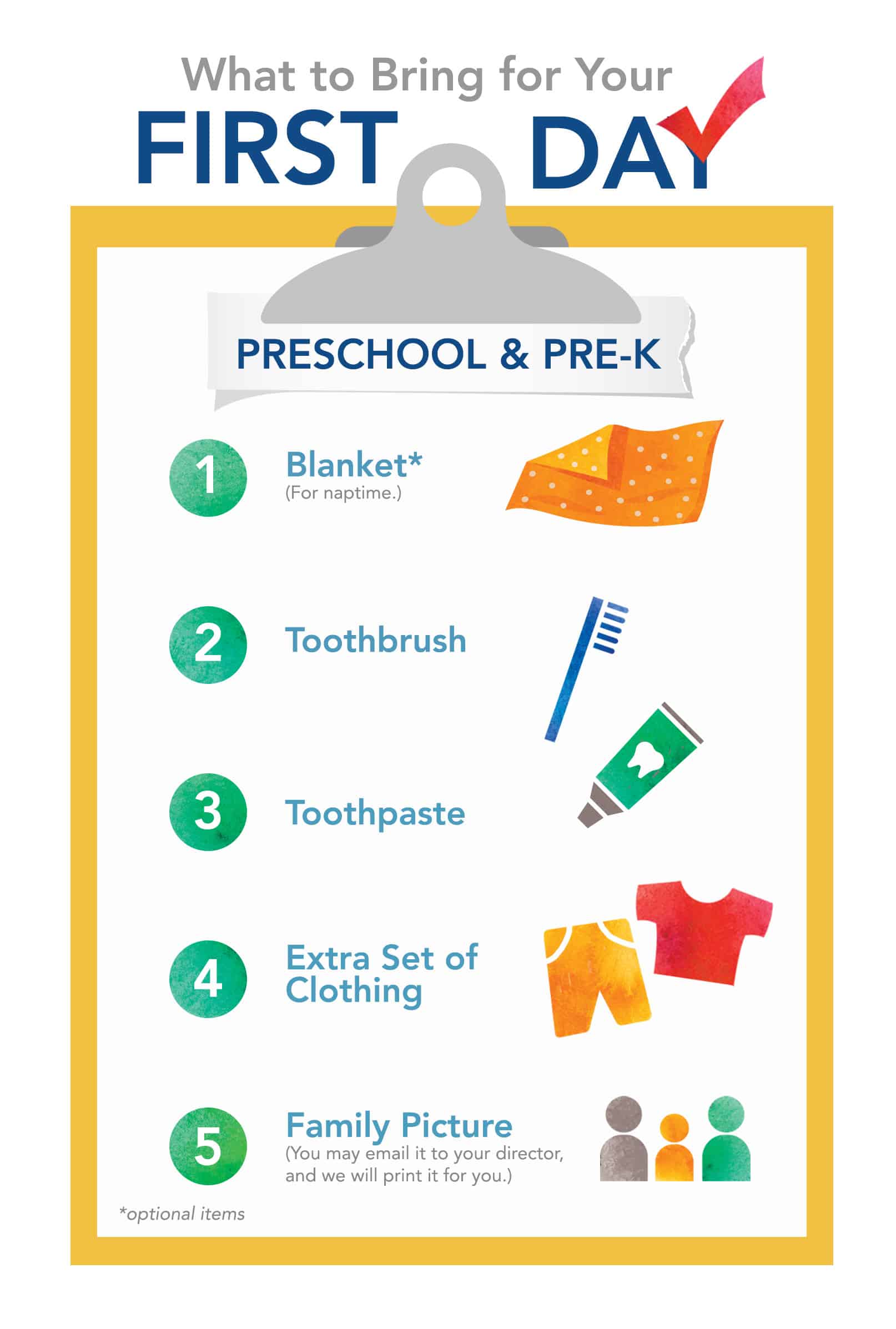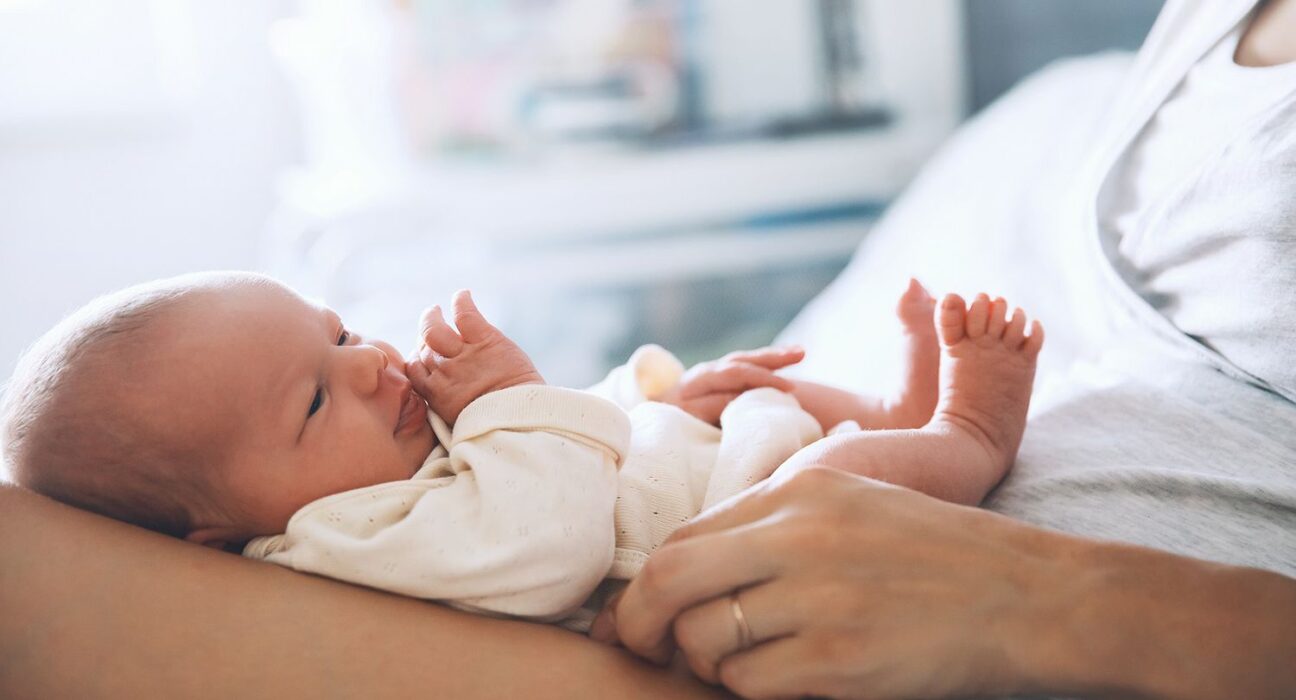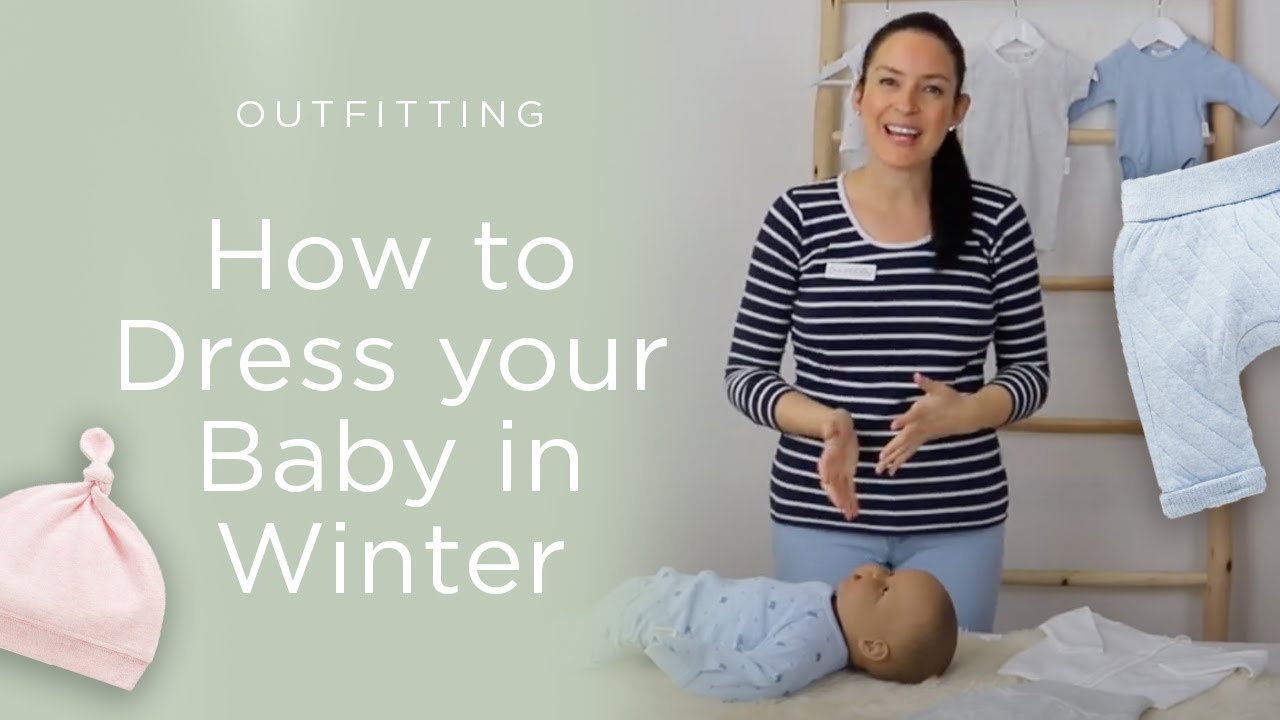Bringing a new baby home is exciting. Every parent wants to make those first days special.
Choosing the right clothes for your newborn can feel overwhelming. What should you buy? What is really necessary? In this guide, we will explore what you need for your baby’s first days of clothes. Babies come in all shapes and sizes, and their clothing needs are unique.
The right clothes can keep your baby comfortable and cozy. You want soft fabrics that are easy to put on and take off. You also need to consider the weather and your baby’s size. Knowing what essentials to have on hand can help you feel ready. Let’s dive into the must-haves for your little one’s wardrobe.
Table of Contents
Introduction To Baby’s First Days
Welcoming a new baby is an exciting time. The first days are special. Parents want to ensure their little one is comfortable and happy. Choosing the right clothes is a big part of this. Let’s explore what to consider for your baby’s first days.
Importance Of Preparing For Arrival
Getting ready for a new baby can feel overwhelming. Proper preparation helps reduce stress. Here are some reasons why it matters:
- Comfort: Babies need soft and gentle fabrics.
- Temperature: Newborns can’t regulate body heat well.
- Accessibility: Easy-to-change outfits make life simpler.
- Safety: Clothes should have no small parts that can be a choking hazard.
Key Considerations For Newborn Attire
Choosing clothes for newborns requires thought. Here are key points to keep in mind:
- Size: Newborns grow quickly. Choose a few different sizes.
- Fabric: Look for cotton or bamboo. They are soft and breathable.
- Style: Opt for onesies and sleepers. They are easy to put on and take off.
- Layering: Dress in layers for warmth. This helps adjust to changing temperatures.
- Washability: Choose clothes that can be washed easily. Babies can be messy.
By considering these factors, you ensure your baby’s comfort. Thoughtful clothing choices can make those first days enjoyable.
Essential Newborn Clothing Items
Choosing the right clothes for your baby’s first days is important. Newborns need comfort and warmth. Here are some must-have clothing items for your little one.
Bodysuits And Onesies
Bodysuits and onesies are essential for newborns. They are simple and easy to put on. These items keep your baby warm and comfortable.
- Short-sleeve bodysuits are great for warm days.
- Long-sleeve bodysuits provide extra warmth in cooler weather.
- Look for snap closures for easy diaper changes.
- Choose soft, breathable fabrics like cotton.
| Type | Best For |
|---|---|
| Short-sleeve Bodysuit | Warm weather |
| Long-sleeve Bodysuit | Cool weather |
Stock up on at least five to seven bodysuits. Babies can be messy. Frequent changes will be necessary.
Sleepwear Recommendations
Sleepwear is crucial for a newborn’s comfort. Choose sleepwear that is soft and cozy. Look for options that allow for easy access for diaper changes.
- Consider sleep sacks for safety.
- Footed pajamas keep little feet warm.
- Ensure sleepwear is flame-resistant or snug-fitting.
Purchase around three to four sleepwear items. This will help your baby sleep soundly. Comfort is key for good rest.
Layering Basics For Comfort
Baby’s first days are special. Comfort is key in choosing clothes. Layering helps keep your baby warm and cozy. It also allows for easy adjustments. Here’s what you need to know about layering.
Understanding Different Fabrics
Fabrics affect comfort. Choosing the right ones is essential. Here are some common fabrics and their features:
| Fabric | Features |
|---|---|
| Cotton | Soft, breathable, and gentle on skin. |
| Wool | Warm, but may irritate sensitive skin. |
| Fleece | Soft, warm, and lightweight. |
| Muslin | Lightweight, breathable, and great for swaddling. |
Choose soft and breathable fabrics. Avoid rough materials. Your baby’s skin is delicate.
Mixing And Matching Layers
Layering allows for easy temperature control. Start with a basic layer. Add layers as needed. Here’s a simple guide:
- Base Layer: A soft onesie or bodysuit.
- Middle Layer: A lightweight sweater or long-sleeve shirt.
- Outer Layer: A cozy jacket or sleep sack.
Mix and match colors and patterns. This adds fun to your baby’s outfit. Keep in mind:
- Choose layers that fit well.
- Ensure easy removal for diaper changes.
- Consider weather conditions.
Layering is practical and stylish. It keeps your baby comfortable in any situation.

Credit: www.newhorizonacademy.net
Seasonal Outfit Choices
Choosing the right clothes for your baby’s first days is crucial. Seasonal outfits keep your newborn comfortable. Each season brings unique needs. Consider temperature, fabric, and layering when selecting outfits.
Summer Outfits For Your Newborn
Summer brings warmth. Lightweight and breathable fabrics are best. Cotton is a great choice. It keeps your baby cool and dry. Here are some essential summer outfits:
- Short-sleeve onesies: Easy to put on and take off.
- Lightweight rompers: Comfortable and stylish.
- Sun hats: Protects from sun exposure.
- Light blankets: For cool evenings.
Choose light colors to reflect the sun. Avoid dark shades that absorb heat. Keep your baby hydrated during hot days.
Winter Clothing Must-haves
Winter demands extra warmth. Layering is key. Choose soft, warm fabrics that are gentle on the skin. Here’s a list of winter essentials:
| Item | Description |
|---|---|
| Footed pajamas | Keeps baby warm from head to toe. |
| Warm hats | Helps retain body heat. |
| Booties | Protects tiny feet from cold. |
| Swaddle blankets | Keeps baby snug and warm. |
Opt for thicker fabrics. Fleece and wool are great options. Always check the room temperature. Dress your baby according to the weather.
Quantity Of Clothes To Buy
Choosing the right amount of clothes for your baby’s first days is important. Newborns grow quickly. You want to be prepared without overloading your closet. Finding the right balance is key.
Balancing Quantity With Growth
Babies can outgrow clothes fast. They may only wear certain sizes for a few weeks. Consider these points:
- Buy a mix of sizes: newborn and 0-3 months.
- Look for adjustable features: stretchy waistbands and cuffs.
- Choose clothing made of soft, breathable fabric.
Keep in mind that babies often need changes. Messes happen daily. Stocking up is smart, but not too much.
Stocking Up: What’s Reasonable?
How many clothes should you buy? Here’s a simple guide:
| Clothing Item | Recommended Quantity |
|---|---|
| Bodysuits | 5-7 |
| Pajamas | 5-7 |
| Sleep sacks | 2-3 |
| Outfits | 3-5 |
| Socks | 5-7 pairs |
| Hats | 2-3 |
This list helps you stay organized. Adjust based on your baby’s needs. Always have a few extra items. It helps with laundry days.
Size Selection For Newborns
Selecting the right size for your baby’s first clothes is important. Newborns grow quickly. Choosing the right size can make dressing easier and more comfortable for them. Here are some tips to help you.
Sizing Tips For New Parents
Newborn clothing sizes can be confusing. Here are some key tips:
- Know the size range: Most newborn clothes fit babies up to 8 pounds.
- Check the labels: Sizes vary by brand. Read the size chart.
- Consider the fit: Choose loose-fitting clothes for comfort.
- Buy a few sizes: Have clothes in different sizes ready.
Keep in mind that babies grow fast. They may outgrow clothes within weeks.
When To Upsize
Understanding when to upsize is crucial. Here are signs your baby needs larger clothes:
- Weight gain: If your baby gains weight rapidly, check the fit.
- Length: If their legs or arms seem too tight, it’s time to upsize.
- Diaper size: If diapers feel snug, consider larger outfits.
- Comfort: If your baby seems fussy or uncomfortable, check the size.
Always prioritize comfort and ease of dressing. Happy dressing!
Accessorizing Your Baby
Choosing the right accessories for your baby can be fun. Accessories add style and comfort. They can make outfits pop. But safety is key. Always consider what is best for your little one.
Choosing The Right Accessories
When selecting accessories, think about these options:
- Hats: Protects from sun and keeps warm.
- Booties: Keeps tiny feet warm and cozy.
- Headbands: Adds style, especially for girls.
- Blankets: Perfect for swaddling and warmth.
- Soft Toys: Provides comfort and security.
Choose soft, breathable materials. Avoid anything that can irritate the skin. Accessories should match the season. For colder months, go for warmer items. In summer, choose light and airy pieces.
Safety Considerations For Baby Accessories
Safety is essential when accessorizing your baby. Keep these tips in mind:
- Check for small parts. They can be choking hazards.
- Avoid long strings or ties. They may pose a strangulation risk.
- Use baby-safe materials. Look for non-toxic fabrics.
- Secure hats and headbands gently. They should not be too tight.
- Regularly inspect items for wear and tear.
Always supervise your baby with accessories. Remove items during sleep to avoid risks. Safety first, always.

Credit: www.pinterest.com
Laundry Tips For Baby Clothes
Taking care of baby clothes is important. They need special attention. Babies have sensitive skin. Using the right laundry techniques helps keep their clothes safe and clean.
Choosing Baby-safe Laundry Detergents
Pick a detergent made for babies. Regular detergents often contain harsh chemicals. Look for these features:
- Hypoallergenic – Reduces the chance of skin reactions.
- Fragrance-free – Avoids strong scents that irritate.
- Free of dyes – Prevents potential allergic reactions.
Read the labels carefully. Some brands market as baby-safe but still contain harmful ingredients. Try to choose eco-friendly options. These detergents are gentle on the environment and your baby’s skin.
Organizing Baby Laundry
Keep baby laundry organized for easy washing. Use separate baskets for baby clothes. Here are some tips:
- Sort clothes by color. This prevents bleeding.
- Separate stained items. Treat stains before washing.
- Use mesh bags for delicate items. This protects them in the wash.
Consider creating a washing schedule. Regularly washing baby clothes keeps them fresh. Aim to wash every few days. This prevents the buildup of dirt and stains.
Store clean clothes in a dedicated space. This keeps them organized and easy to find. Use drawers or bins labeled for quick access.
Budget-friendly Shopping For Baby Clothes
Shopping for baby clothes can be fun and exciting. New parents often face high costs. Choosing budget-friendly options helps save money. Smart shopping can keep your baby stylish without breaking the bank.
Where To Find Deals
Many stores offer great deals on baby clothes. Check these places for savings:
- Thrift stores: Many gently used clothes are available.
- Consignment shops: Look for quality baby items at lower prices.
- Online marketplaces: Websites like eBay or Facebook Marketplace have great finds.
- Seasonal sales: Keep an eye out for sales during holidays or end-of-season.
- Clearance racks: Always check clearance sections in stores.
Tips For Thrifty Shopping
Use these tips to make your shopping easier:
- Make a list: Write down what you need before shopping.
- Buy in bulk: Consider buying multipacks for savings.
- Choose versatile items: Pick clothes that mix and match easily.
- Look for sales: Sign up for store newsletters for discounts.
- Swap with friends: Exchange clothes with other parents.
Set a budget before shopping. Stick to it to avoid overspending. Buy only what your baby needs. Remember, babies grow fast. They may only wear clothes a few times. Focus on quality over quantity.
Baby Clothing Hygiene
Keeping your baby’s clothes clean is very important. Newborns have sensitive skin. Germs can cause rashes and infections. Follow these tips for proper hygiene.
Keeping Clothes Germ-free
To ensure your baby’s clothes are germ-free, follow these steps:
- Wash clothes before first use.
- Use a gentle, fragrance-free detergent.
- Wash new clothes separately to avoid irritation.
- Consider using a second rinse cycle.
- Dry clothes thoroughly in sunlight when possible.
These methods help remove harmful bacteria. Clean clothes keep your baby safe and comfortable.
Frequency Of Clothing Changes
Newborns can get messy quickly. Change clothes often to maintain hygiene. Here’s a simple guide:
| Situation | Change Clothes? |
|---|---|
| Spit-up | Yes |
| Diaper leak | Yes |
| Food stains | Yes |
| Regular playtime | No (unless dirty) |
| Bedtime | No (fresh clothes are good) |
Change clothes frequently for hygiene. This keeps your baby clean and happy.
Comfort Vs. Style In Baby Fashion
Choosing clothes for your baby’s first days is important. Parents often face a choice between comfort and style. Both are essential, but comfort should come first. Babies need to feel cozy and secure. Let’s explore how to balance these two aspects.
Prioritizing Baby’s Comfort
Comfort is key for newborns. They spend most of their time sleeping and eating. Uncomfortable clothes can irritate their delicate skin. Here are some tips to ensure your baby’s comfort:
- Soft fabrics: Choose materials like cotton. It is gentle on the skin.
- Loose-fitting: Avoid tight clothes. They can restrict movement.
- Easy to change: Look for outfits with snaps or zippers. Quick changes are crucial.
- Breathable materials: Ensure proper airflow. It helps regulate temperature.
Keep in mind the weather. Dress your baby in layers. This way, you can adjust their clothing easily.
Incorporating Style Safely
Style can be fun, even for babies. Cute outfits can make memorable photos. Still, safety must come first. Here are some points to consider:
- Avoid small items: Stay away from buttons or bows. They can pose choking hazards.
- Check for tags: Ensure there are no rough edges. Tags can irritate the skin.
- Choose safe colors: Opt for baby-friendly dyes. Some dyes can cause allergic reactions.
- Consider ease of dressing: Look for clothes that are easy to put on and take off.
Mixing comfort with style is possible. Soft onesies come in various colors and patterns. You can find stylish outfits without compromising comfort.
“`
Handling Growth Spurts
Babies grow quickly, especially in their first year. Growth spurts can happen at any time. These changes can surprise new parents. Adjusting your baby’s wardrobe is essential. You want to keep them comfortable as they grow.
Adjusting The Wardrobe For Growth
It’s important to have clothes that fit well. Here are some tips for adjusting your baby’s wardrobe:
- Buy a range of sizes: Have clothes in different sizes.
- Choose stretchy fabrics: These can fit longer as your baby grows.
- Layering options: Use layers to accommodate sudden size changes.
- Check regularly: Look at your baby’s clothes every month.
Consider the following table for common growth spurts:
| Age | Typical Growth Spurt |
|---|---|
| 2-3 weeks | 1-2 inches |
| 6 weeks | 1-2 inches |
| 3 months | 1-2 inches |
| 6 months | 1-2 inches |
| 9 months | 1-2 inches |
Donating And Recycling Old Clothes
As your baby grows, you will have clothes that no longer fit. Donating or recycling these clothes is a great option.
Here are some simple ways to handle old clothes:
- Local charities: Find nearby charities that need baby clothes.
- Clothing swaps: Join a local group to exchange clothes.
- Online marketplaces: Sell or give away clothes through online platforms.
Recycling is also a good choice. Look for programs that accept used clothing. This helps reduce waste and helps others.
Conclusion: Starting Off On The Right Foot
Preparing for your baby’s first days is exciting and important. Choosing the right clothes sets a good tone for this new journey. Focus on comfort, ease, and practicality. Keep your baby warm and happy.
Recap Of Baby Clothing Essentials
Here’s a quick overview of the must-have clothing items:
| Clothing Item | Description |
|---|---|
| Onesies | Soft and comfortable for daily wear. |
| Sleepers | Keeps baby warm during sleep. |
| Hats | Helps regulate body temperature. |
| Socks | Warm feet are happy feet. |
| Swaddles | Provides comfort and security. |
Final Tips For Stress-free Preparation
Here are some tips to help you prepare:
- Wash all clothes before use. Use gentle detergent.
- Organize outfits by size and season. This saves time.
- Keep a few extra outfits handy. Spills happen often.
- Choose clothes with easy access for diaper changes.
- Opt for stretchy fabrics. This makes dressing easier.
Stay calm and enjoy this special time. With the right clothes, you can focus on bonding with your baby.

Credit: www.instagram.com
Frequently Asked Questions
What Clothes Do I Need For My Newborn Baby?
You need basic items like onesies, socks, hats, and sleep sacks. These keep your baby warm and comfortable.
How Many Outfits Does A Baby Need For The First Days?
Having 5 to 7 outfits is a good start. Babies can get messy, so extra clothes are helpful.
Should I Choose Organic Fabric For Baby Clothes?
Organic fabrics are gentle on baby’s skin. They are free from harmful chemicals, making them a safer choice.
What Size Clothes Should I Buy For A Newborn?
Most newborns wear size “newborn” or “0-3 months. ” Check the tags for guidance, as sizes can vary.
Is It Necessary To Wash Baby Clothes Before Use?
Yes, washing baby clothes removes any chemicals or dirt. This helps prevent skin irritation and allergies.
What Accessories Do I Need For Baby’s First Days?
Consider hats, mittens, and bibs. These accessories keep your baby cozy and protect them from scratching.
Conclusion
Choosing the right clothes for your baby’s first days is important. Focus on comfort and ease. Soft fabrics will protect their sensitive skin. Keep outfits simple for easy changing. Remember to consider the weather. Layering helps keep your baby warm.
Stock up on essentials like onesies and hats. Enjoy this special time with your little one. Dressing your baby can be fun and joyful. With the right clothes, you’re ready for those first moments together. Keep it simple, and cherish every smile.







